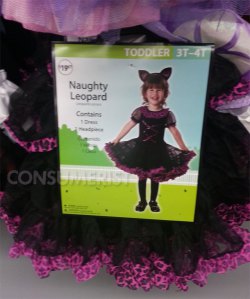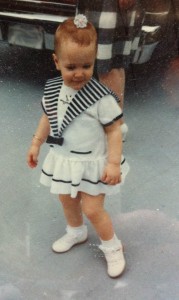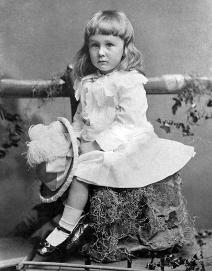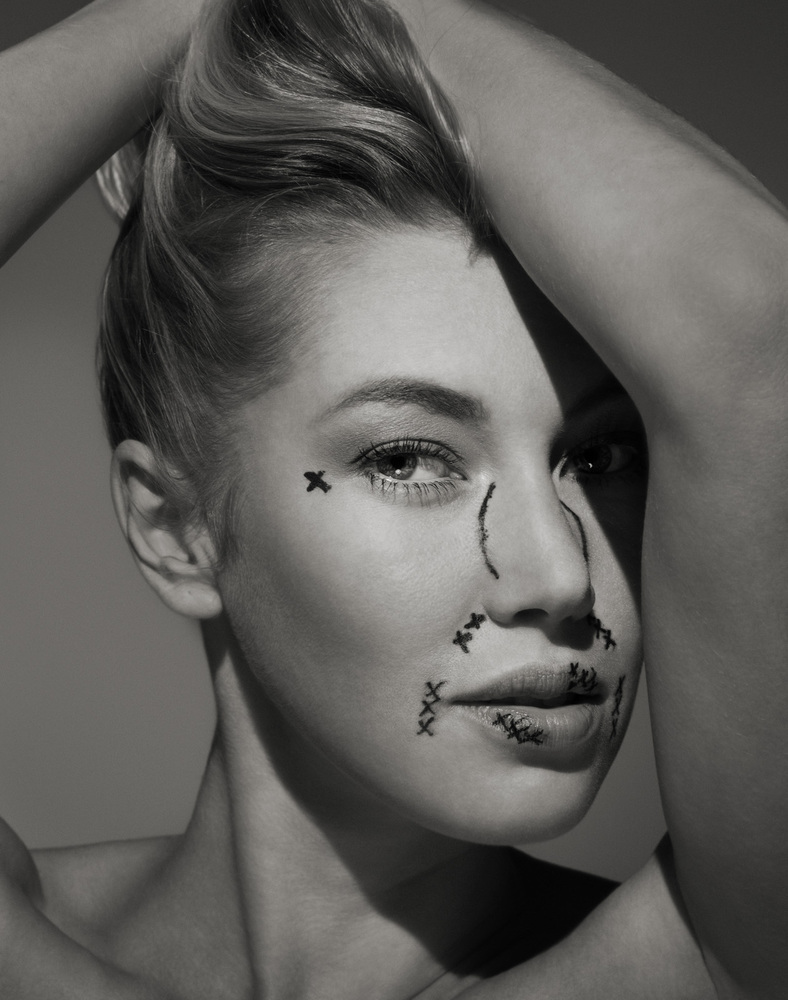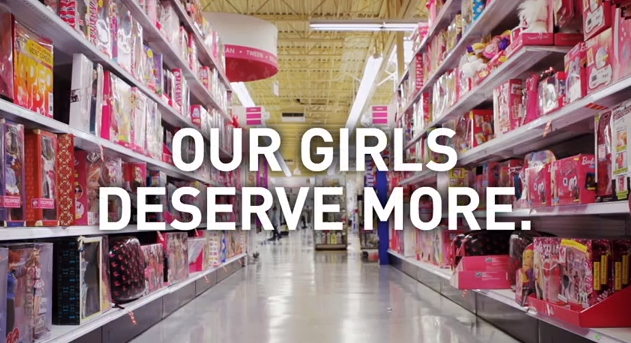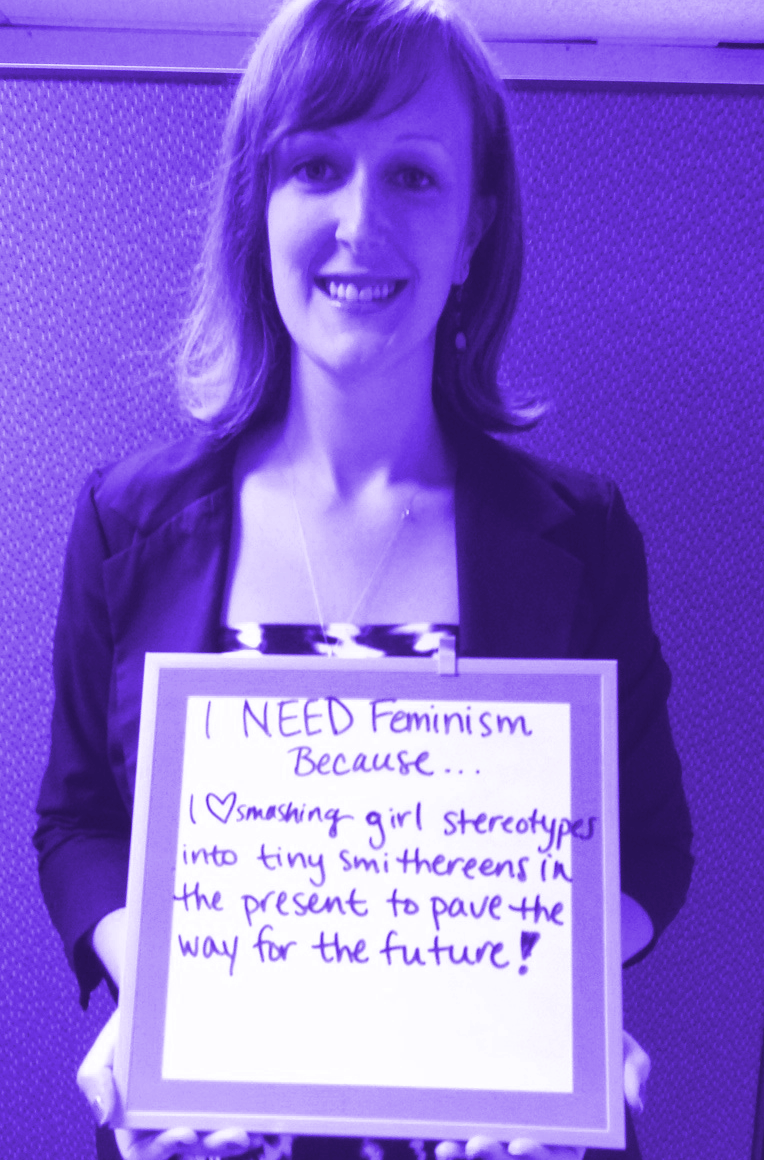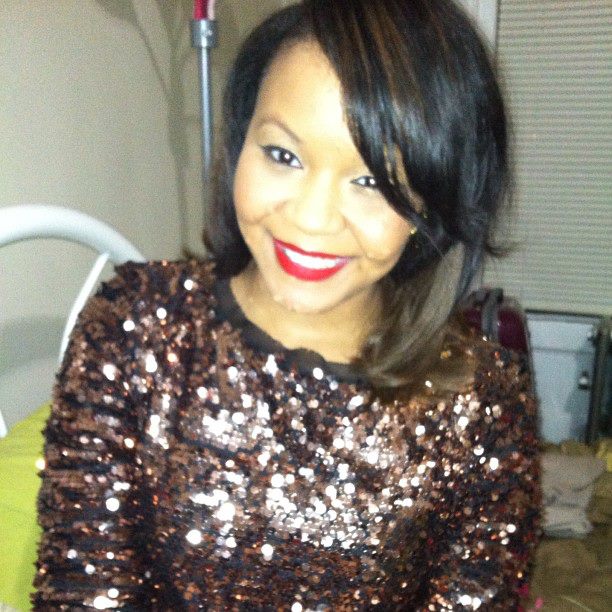Naughty is not so nice when you’re talking about Halloween costumes for toddlers. This year Walmart housed costumes of the animal varieties on their shelves and labeled them as “sexy”, “naughty”, “playful.” However, what Walmart and the Consumerist.com seem to be the most concerned about are not the adjectives describing the costumes, but how inaccurate and non-animal-like the costumes are. Well, I agree with that!
For instance, as you can see in the photo to the left the “naughty leopard” frock has a tutu and purple leopard ribbon trim—not quite the furry feline we’re used to seeing in the pages of National Geographic. Spoiler alert: Walmart is pulling the costumes from the shelves to do more “research.”
So why am I writing about this ordeal? Well for one, it’s been cluttering the Interwebz for weeks and I just can’t ignore it any longer. And two, why the heck do people (myself included) get irritated when kid things are labeled with sexual-ese language that connotes that something (this costume for instance) is sexual when in reality it’s not? To be real: It’s a dress accessorized by animal ears.
To be real part deux: It’s marketing at its finest. I’m elated to know that people are opening their eyeballs to these marketing tactics and calling out their one-of-these-things-is-not-like-the-other bluff.
As Jezebel had pointed out, the Halloween costume industry has been a contributor to the over sexualized culture. So now, when we hear “naughty” we (for the most part, admit it!) picture a risqué and lewd version of the actual “thing”. In this case the “thing” is a leopard. BUT WHY!?! Naughty has since the 1600s been a word used to describe someone being mischievous or behaving improperly. The 1900s is when “Naughty” became “Sexy’s” sister.
I know you’re tired of hearing about leopards, soooo let’s use the “naughty elf,” imagery as an example.
What do you picture when you hear “naughty elf?”
Half of you just pictured a nugget-sized human in the north pole clad in a coat with fur trim and a pointy hat, misbehaving or rigging all the toys to make children sad AND the other half of you thought of a hot-to-trot blonde in a mini skirt covered in jingle bells, sporting a cropped-coat that features white fur trim (surely, that thing can’t be warm) sounding out her vowels (ay-ee-iee-ohhh-ouuu *duck face*).
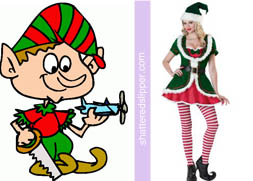
north pole toy maker vs. human hot-to-trot woman ready for a costume party. disclaimer: cartoon elf not true to size (in comparison to woman elf on right)
You get the point. So it’s not about the costume being labeled as “naughty”, but rather what the word “naughty” actually means in our culture vs. the dictionary.
It’s time to send Naughty back to the days of wetting paper balls in our mouths and launching them through straws at our classmate’s head, to eating dessert right before dinner, and getting yelled at for not taking off muddy shoes before walking in the house!
Which imagery do you have when you think of “naughty?” How can we get Naughty to stray from her sister Sexy? Share in the comments!

